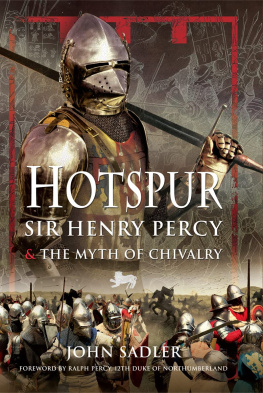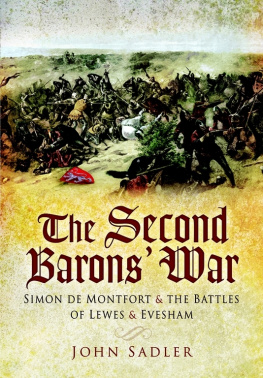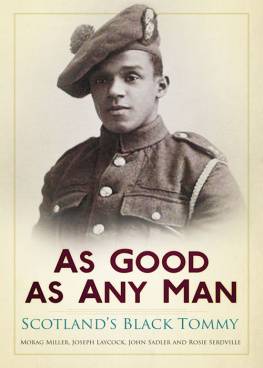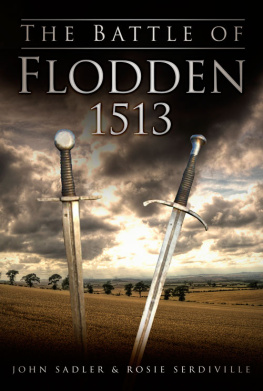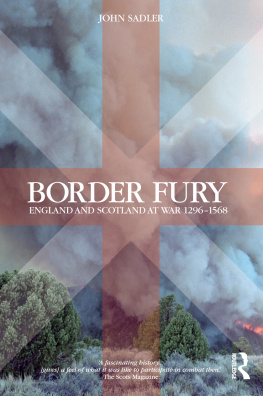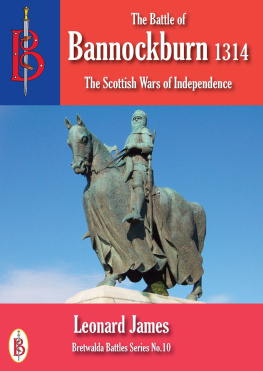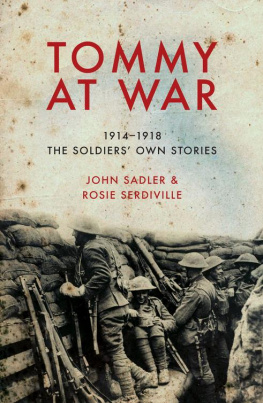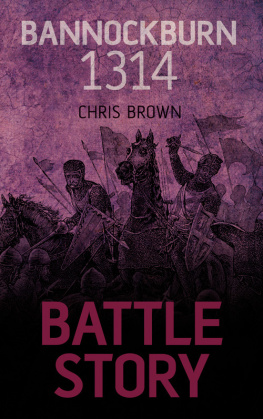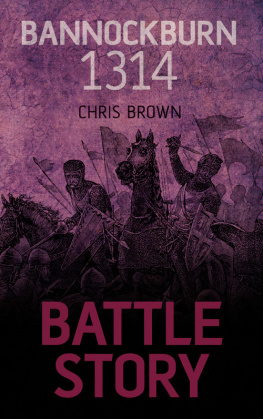John Sadler - Bannockburn : battle for liberty
Here you can read online John Sadler - Bannockburn : battle for liberty full text of the book (entire story) in english for free. Download pdf and epub, get meaning, cover and reviews about this ebook. City: Barnsley, year: 2008, publisher: Pen & Sword Military, genre: Non-fiction. Description of the work, (preface) as well as reviews are available. Best literature library LitArk.com created for fans of good reading and offers a wide selection of genres:
Romance novel
Science fiction
Adventure
Detective
Science
History
Home and family
Prose
Art
Politics
Computer
Non-fiction
Religion
Business
Children
Humor
Choose a favorite category and find really read worthwhile books. Enjoy immersion in the world of imagination, feel the emotions of the characters or learn something new for yourself, make an fascinating discovery.

- Book:Bannockburn : battle for liberty
- Author:
- Publisher:Pen & Sword Military
- Genre:
- Year:2008
- City:Barnsley
- Rating:5 / 5
- Favourites:Add to favourites
- Your mark:
- 100
- 1
- 2
- 3
- 4
- 5
Bannockburn : battle for liberty: summary, description and annotation
We offer to read an annotation, description, summary or preface (depends on what the author of the book "Bannockburn : battle for liberty" wrote himself). If you haven't found the necessary information about the book — write in the comments, we will try to find it.
Bannockburn : battle for liberty — read online for free the complete book (whole text) full work
Below is the text of the book, divided by pages. System saving the place of the last page read, allows you to conveniently read the book "Bannockburn : battle for liberty" online for free, without having to search again every time where you left off. Put a bookmark, and you can go to the page where you finished reading at any time.
Font size:
Interval:
Bookmark:


Pen & Sword Military
an imprint of
Pen & Sword Books Ltd
47 Church Street
Barnsley
South Yorkshire
S70 2AS
eISBN 9781844689972
Pen & Sword Maritime, Pen & Sword Military, Wharncliffe Local History,
Pen & Sword Select, Pen & Sword Military Classics, Leo Cooper.
Pen & Sword Books Limited
47 Church Street, Barnsley, South Yorkshire, S70 2AS, England
E-mail: enquiries@pen-and-sword.co.uk
Website: www.pen-and-sword.co.uk
| 1286 | Death of Alexander III of Scotland. |
| 1292 | John Baliol ascends the Scottish Throne. |
| 1296 | Beginning of the Wars of Independence: capture of Berwick upon Tweed and the Battle of Dunbar. |
| 1297 | Battle of Stirling Bridge, Wallace appointed as Guardian. |
| 1298 | Wallace defeated at Falkirk. |
| 1302 | Battle of Courtrai in Flanders: defeat of the French chivalry. |
Font size:
Interval:
Bookmark:
Similar books «Bannockburn : battle for liberty»
Look at similar books to Bannockburn : battle for liberty. We have selected literature similar in name and meaning in the hope of providing readers with more options to find new, interesting, not yet read works.
Discussion, reviews of the book Bannockburn : battle for liberty and just readers' own opinions. Leave your comments, write what you think about the work, its meaning or the main characters. Specify what exactly you liked and what you didn't like, and why you think so.

